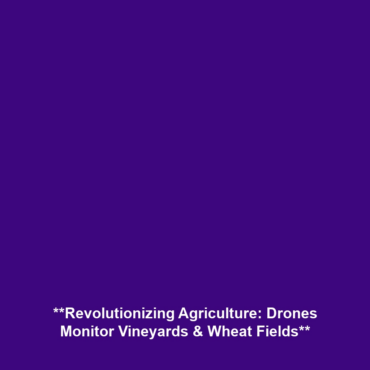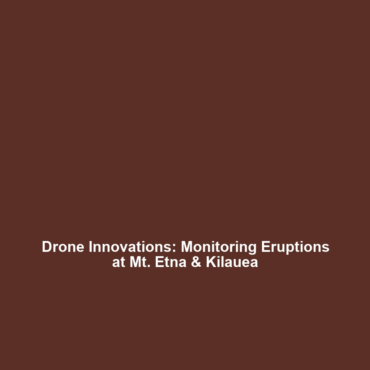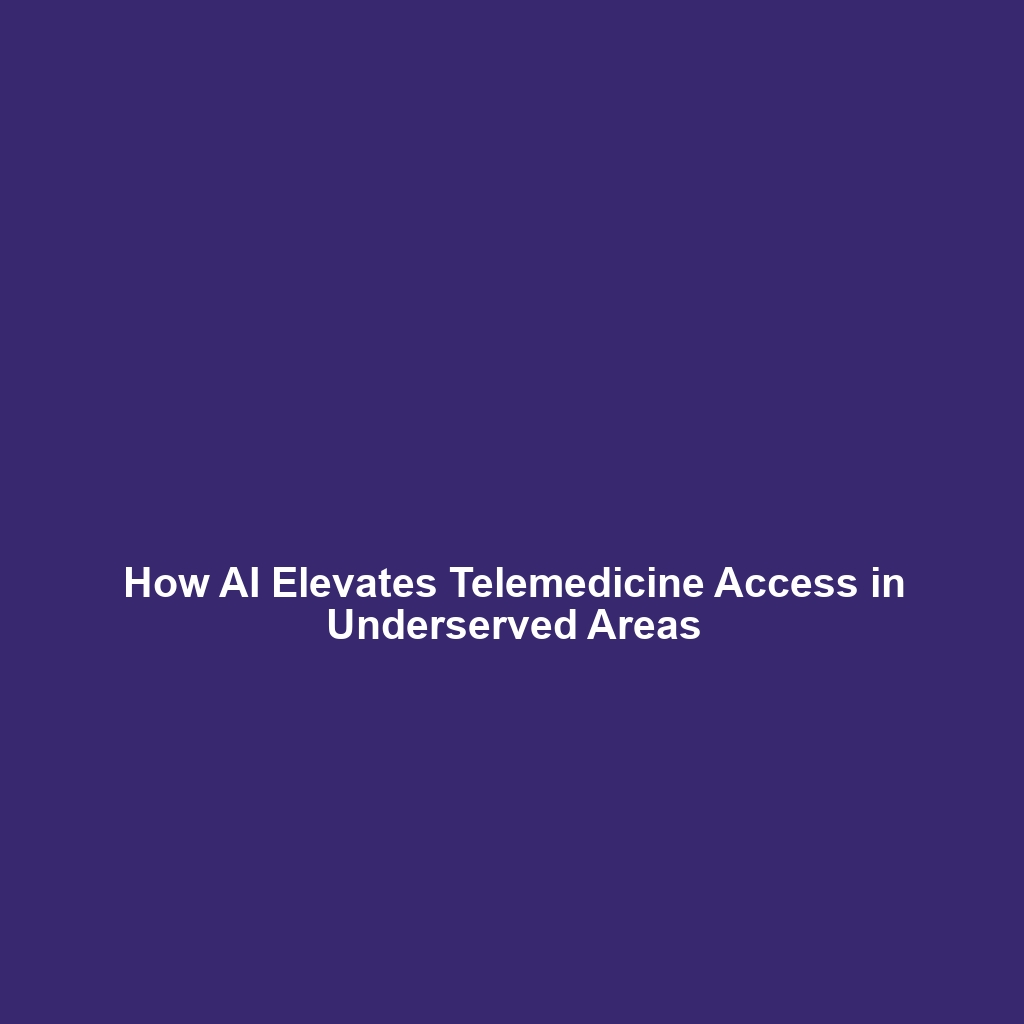Successful Combinations in Lung and Breast Cancer: A Focus on Immunotherapy
Introduction
In recent years, the exploration of case studies of successful combinations in cancers, particularly lung and breast cancer, has revolutionized the landscape of immunotherapy. These case studies shed light on how different therapeutic modalities can synergistically enhance treatment efficacy and improve patient outcomes. This article will analyze various successful combinations within these malignancies, emphasizing their significance in the broader context of Immunotherapy & Cancer. By understanding these combinations, we can better appreciate the future of cancer treatment and the importance of personalized medicine.
Key Concepts
Understanding Immunotherapy
Immunotherapy employs the body’s immune system to combat cancer. It includes treatments such as monoclonal antibodies, checkpoint inhibitors, and adoptive cell transfer. In the realm of case studies of successful combinations in cancers, it is crucial to identify how these different therapies interact to amplify responses against tumors.
Combination Strategies
- Targeted Therapy + Immunotherapy: For instance, combining EGFR inhibitors with PD-1 inhibitors has shown promising results in lung cancer.
- Chemotherapy + Immunotherapy: Studies demonstrate that concurrent or sequential use of chemotherapy with immunotherapies can lead to improved outcomes in breast cancer cases.
Applications and Real-World Uses
The success of case studies of successful combinations in cancers has practical applications that reshape treatment protocols. For example:
- How combinations are used in lung cancer: Administering anti-PD-1 therapies concurrent with traditional chemotherapy has enhanced survival rates.
- Applications of combinations in breast cancer: Combining trastuzumab with immunotherapeutic agents has led to significant tumor shrinkage in HER2-positive cancers.
Current Challenges
Despite the promising results, there are several challenges associated with case studies of successful combinations in cancers:
- Potential for increased adverse effects due to combination therapies.
- Lack of comprehensive biomarkers to predict which patients will benefit from specific combinations.
- Complexity in designing clinical trials that can accurately assess combination therapy efficacy.
Future Research and Innovations
Looking ahead, ongoing research is critical for unveiling the full potential of successful combinations in cancers. Innovations in personalized medicine and next-generation technologies are paving the way for breakthroughs:
- Next-gen sequencing: Helps identify mutations that can guide combination therapies tailored to individual patients.
- Biomarker development: Focused on establishing reliable indicators that can predict which combinations will work best in specific patient populations.
Conclusion
In summary, the exploration of case studies of successful combinations in cancers like lung and breast cancer underscores the transformative impact of Immunotherapy & Cancer. As research progresses, these combinations potentially hold the keys to more effective treatment paradigms. To stay informed on advancements and their implications, consider exploring our other articles on immunotherapy advancements and personalized medicine strategies.









